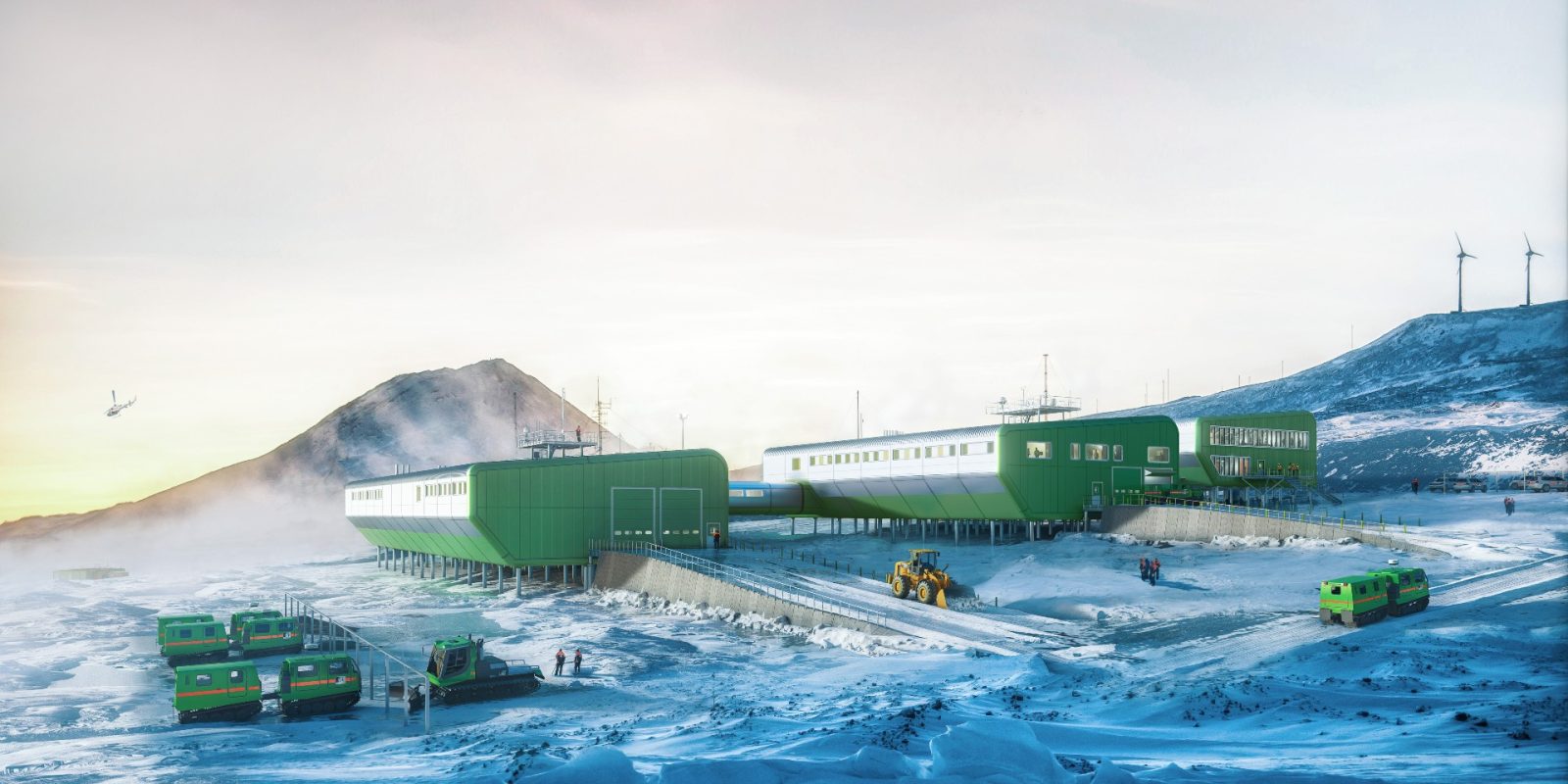
Three new wind turbines will be installed on Ross Island in Antarctica, where they’ll power stations that belong to New Zealand and the US.
Wind turbine maker EWT has signed a contract with Antarctica New Zealand to supply and install three DW54X-1MW turbines. They each have a rotor diameter of 54 meters (177 feet) and a hub height of 40 meters (131 feet).
New Zealand’s Scott Base and the US’s McMurdo Station are both on Ross Island, in the Ross Sea – the southern extension of the Southern Ocean, off the coast of Victoria Land. They’re a few miles apart from each other, and the three turbines will be installed halfway between the two at Crater Hill. (Ross Island is formed by four volcanoes.) The turbines will be connected to a microgrid that provides electricity to both stations; Scott Base is undergoing a redevelopment, which is expected to be completed in 2028.
The wind turbines are part of an extensive upgrade program, including the replacement of three existing smaller and less powerful 300 kW turbines, the replacement of the existing flywheel storage system with a large battery storage system, an upgrade of the high voltage network, and the replacement of the Scott Base’s diesel generators.
Antarctica New Zealand’s chief executive Sarah Williamson said:
One of the new turbines will generate almost as much power as the three current ones combined and, together with a battery storage system, will provide more than 90% of the electrical demand of the new Scott Base per year.
Obviously, conditions are pretty extreme on Ross Island. The annual average temperature there is -19.5C, the coldest recorded temperature is -58.8C, and the warmest is 4.5C.
Crater Hill is classified as a wind class 1A site – the windiest class – with a high air density, and EWT says its turbines can operate until -40C without any curtailment. Wind class 1 turbines tend to have smaller rotors and are on shorter towers in order to minimize structural loads.
EWT explains that upgrading Ross Island’s energy system will “significantly increase the percentage of renewable energy in [Scott Base’s] total (and growing) energy demand.”
It’s not possible to pour concrete at Crater Hill, so the wind turbines’ foundations will be pre-constructed as a combination of a large steel structure and pre-cast concrete blocks – what EWT refers to as “spider frame foundations.” These will be shipped to the island and assembled at the site.
The new turbines are scheduled to sail to Antarctica on a chartered vessel in the summer of 2023-24, as Ross Island can only be reached between November and March, when the ice is passable. The first turbine will be installed in the summer of 2024-25, and the other two the following year.
Read more: The US’ first commercial offshore wind farm kicks off turbine construction
Photo: Antarctica New Zealand
UnderstandSolar is a free service that links you to top-rated solar installers in your region for personalized solar estimates. Tesla now offers price matching, so it’s important to shop for the best quotes. Click here to learn more and get your quotes. — *ad.
FTC: We use income earning auto affiliate links. More.






Comments